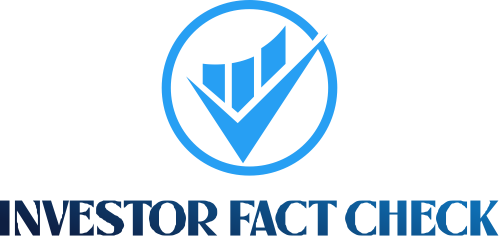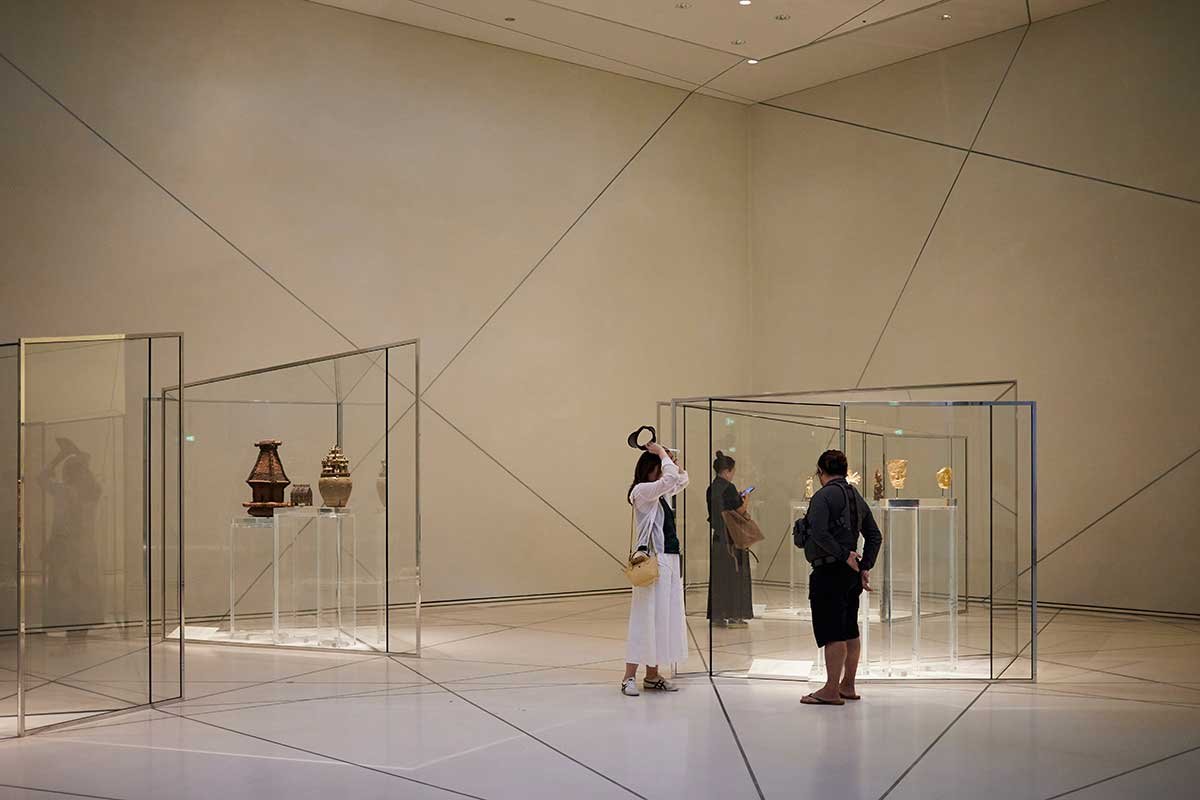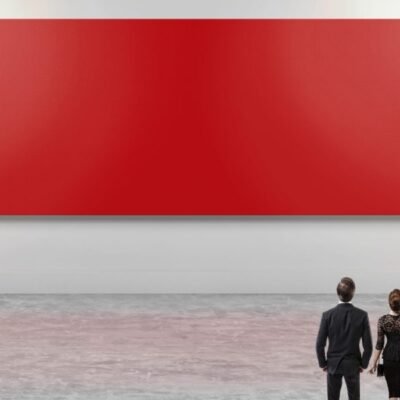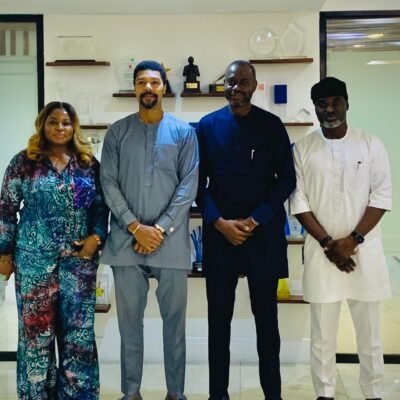For a growing number of investors, art is no longer just a cultural passion but an alternative asset class, increasingly factored into wealth portfolios. In the Middle East, with a growing number of ultra-high-net-worth individuals (UHNWIs) and family offices expanding allocations to alternative investments, art is emerging as a serious play, both for its diversification potential and for its geopolitical soft power.
The global art market posted sales of $65 billion in 2023, up 4 per cent from 2022, according to the Art Basel & UBS Art Market Report 2024. The US accounted for 42 per cent of sales, China 19 per cent, and the UK 17 per cent.
Although the Middle East represents a small share of total transactions by volume, regional buyers have become more prominent in high-value segments, especially for modern and contemporary works.
Art can serve as a hedge in periods of inflation or equity market volatility. Research by Sotheby’s shows that between 1950 and 2021 the Mei Moses All Art Index returned an average of 8.5 per cent annually, with contemporary art delivering higher returns but also greater volatility.
Auction houses have reported strong demand for trophy works: in 2023, Sotheby’s sold Gustav Klimt’s Lady with a Fan for $108.4 million – the highest price achieved at auction that year.
Middle East buying power
Over the past 15 years, Middle Eastern collectors and institutions have been among the most active buyers at the top end of the market. Qatar Museums reportedly paid over $250 million for Cézanne’s The Card Players between 2011-2012, still among the highest prices ever paid for a painting. The Gulf state has also amassed works by Rothko, Bacon, and Richter.
The UAE has also positioned itself as a regional art hub. Dubai’s annual Art Dubai fair has grown into a key fixture on the global calendar, attracting galleries from 40+ countries and collectors from across Asia, Europe, and the US.
In a previous interview with Arabian Business, Benedetta Ghione, Executive Director of Art Dubai, said: “Since its founding in 2008, Art Dubai has evolved into a key institution, serving as a catalyst and important driver of Dubai’s creative economy.”
“The city has truly emerged as a capital of the Global South, particularly within the creative industries,” Ghione explained.
Louvre Abu Dhabi, which opened in 2017, has acquired significant pieces from European and Islamic art traditions, often through high-profile auctions.
In Saudi Arabia, cultural spending has accelerated under Vision 2030. The Ministry of Culture launched the Diriyah Contemporary Art Biennale in 2021, and the Royal Commission for AlUla has commissioned large-scale installations and permanent collections to support the area’s development as a cultural tourism destination.
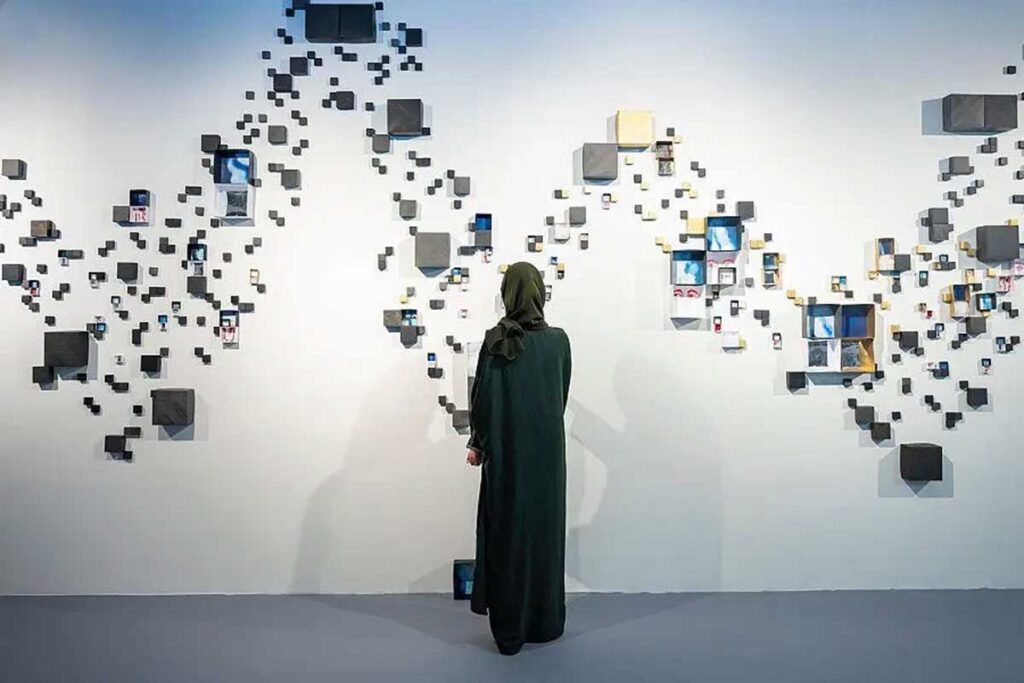
Investment vehicles and risks
Institutional investors and private banks are also starting to formalise art investment. Platforms such as Masterworks allow fractional ownership of blue-chip works, lowering entry barriers. Major banks, including UBS, JPMorgan Private Bank, and Citi, have dedicated art advisory and lending desks that offer valuations, sales support, and loans against art assets, treating them as collateral.
However, art remains an illiquid and opaque market. Prices can be highly sensitive to trends and taste, provenance issues can damage value, and transaction costs — including buyers’ premiums, insurance, and storage — can erode returns. Unlike publicly traded securities, valuations are subjective and disclosures are limited.
In the Middle East, art investments are also influenced by regulatory and tax environments. The UAE has no capital gains tax, making it attractive for art transactions. Free zones such as Dubai International Financial Centre (DIFC) and Abu Dhabi Global Market (ADGM) have developed infrastructure to facilitate high-value sales and art-related legal structures, including trusts.
In Saudi Arabia, import duties and cultural property laws are evolving, and the government has moved to strengthen intellectual property and heritage protections.
Global UHNWIs allocated about 1.6 per cent of their wealth to art in 2023, according to Knight Frank’s Wealth Report, with allocations expected to rise. In the Middle East, this figure is slightly higher, as cultural and prestige considerations often accompany investment objectives.
The increasing presence of regional collectors at international auctions, coupled with large-scale state-backed initiatives to build cultural capital, suggests the Middle East’s role in the global art market will continue to expand both as a buyer of last resort for headline works and as a growing hub for transactions, exhibitions, and storage.
According to Maddox Gallery, investments in art depend on one’s goals and risk appetite. Experts suggest exercising caution and staying updated with market trends to make informed decisions.
